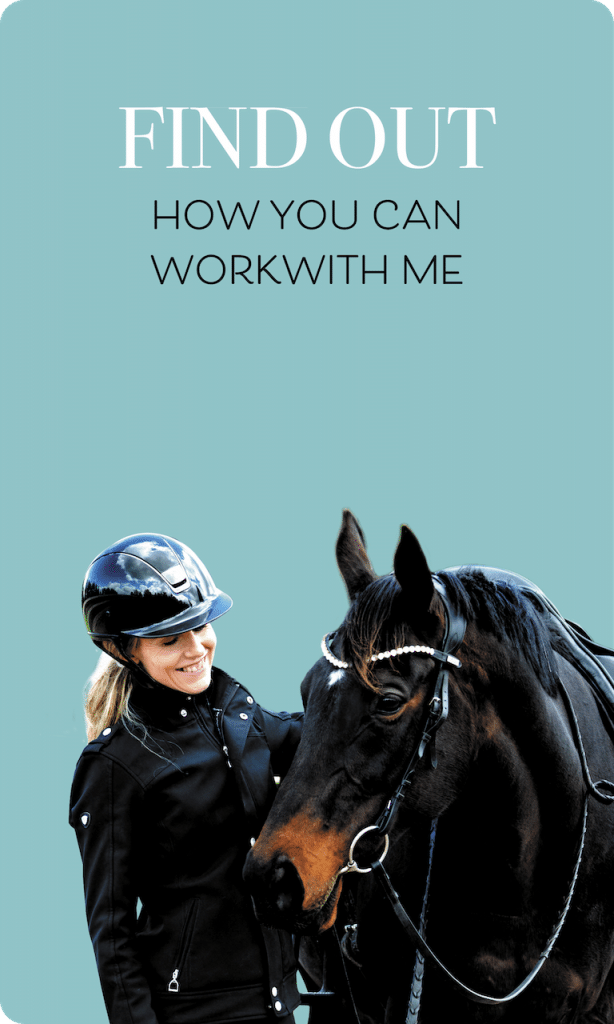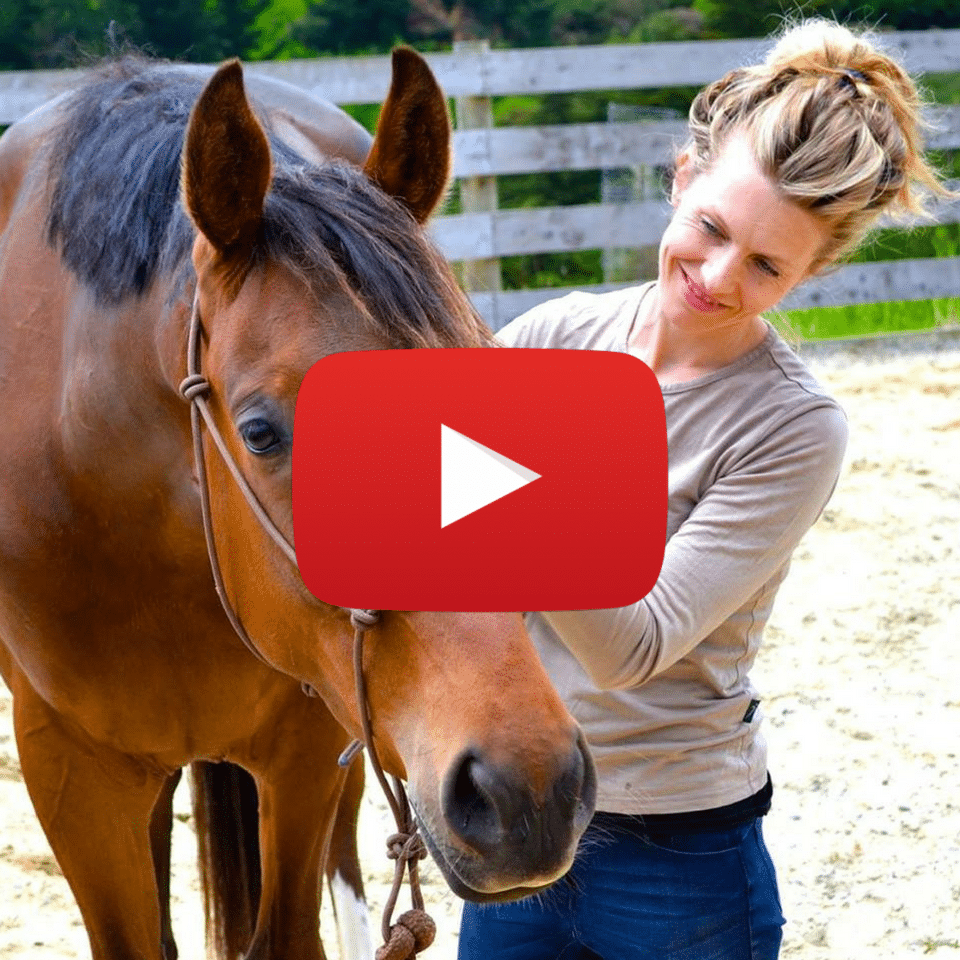Let’s talk about “aiming for calm” as the end goal.
But first, let’s talk about sensory input (so your nervous system taking information from your senses to your brain)… it’s a related conversation I promise.
An interesting thing to think about is that as human beings, we thrive on sensory input. The more sensory information we have, the better. Why? Well, sensory input it’s what our brain relies on to decide what response to send out to meet the moment.
In every situation you find yourself in, your brain is asking, how should we respond here?
And the options are:
We can send out a parasympathetic response (meaning that we are creating a new response to meet the moment)
OR
We can trigger the fight-flight nervous system, which only ever operates reflexively.
While we’re talking about sensory input, a lack of sensory input is a big deal also. If we aren’t in a position where our nervous system is able to take in sensory information (which can happen if we live too long in our survival nervous system) then the only thing the brain has to go on is a database of stored information from situations in the past. Reflexes in other words.
If all this is getting confusing, the simple way to understand it is that when we are operating from the sympathetic or fight/flight nervous system, we are only responding with stored reflexive responses. Being able to switch back into and live and ride predominantly from our parasympathetic system is important because it’s what allows for learning and adaptability.
What interesting though is our perception of what’s happening in the body between parasympathetic and fight/flight is usually pretty skewed. We’ve also developed some interesting terminology that inaccurately represents the truth of our reality. “Down-Regulation” is a great example of this. We typically use that term to describe a movement from sympathetic activation to parasympathetic, but we’ve also coupled it together with our perception of calmness and relaxation; a greater sense of stillness if you like.
The irony is that when we are functioning from a mode of parasympathetic dominance, we are anything but still. Our valves are pumping, our structure is moving and occupying its full range of space on the transverse plane; our organs are shifting; blood, fluids, fascia are all sliding and active. It’s a full-on party in there. Conversely, in sympathetic, the activity of our inner world, physiologically speaking, becomes much less. Fascia dehydrates, the bones, organs move and lockdown around the midline of the body. We have less sensory information coming in, much less activity on the whole.
My work and priority, if I can frame it that way, is to develop responsiveness- accurate responsiveness to the reality of my present moment- rather than calm. Calm is one aspect of my experience but to aim solely for “calm” means I am attaching myself to a pre-conceived ideal that has nothing to do with what is happening to me right now. If my aim is to transcend the moment, to transcend my body, then perhaps it’s more useful to you. But if it’s to be in life, to be in your body, then the expectation of consistent calm is one that will do little to serve you.
Much of what we define as a distraction is just life happening around us; the distraction then becomes anything that exists outside of what I’ve decided I want to do in this moment. If I am truly with the moment, distraction doesn’t really exist; it’s just part of what the moment is showing me and then I can choose how I want to respond to that.
Being with the moment is a surrender to full aliveness. If I feel like I am looking spaced out or checked out in my practice of that, it’s most likely because I have attached the idea of being present with not only physical stillness but inactivity.
We have lots of cultural models and teachings that support this; where static states of being, such as some forms of meditation, are shown as the models to subscribe to and so we develop singular ideas and representations of what “calm” looks like. To be present is to be engaged; in the moment, conversation, activity. It’s to be responding to the reality of my moment, rather than the stories or ideas of future or past moments, and responding to those.
Then wind, “distractions”, flurry and bustle… they aren’t good or bad; they aren’t detracting or adding to my mission; they are just what exists in this moment and my aim is to develop the robustness to be in sync with that without feeling destabilised or diminished.
Onwards.
❤️ Jane





